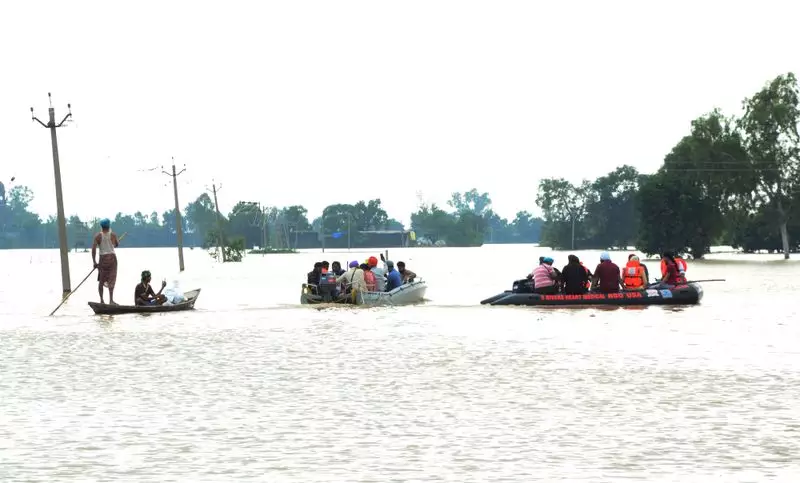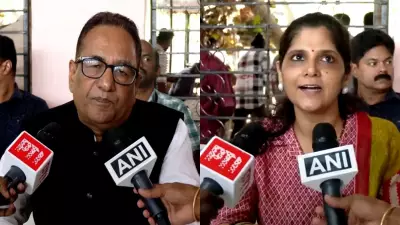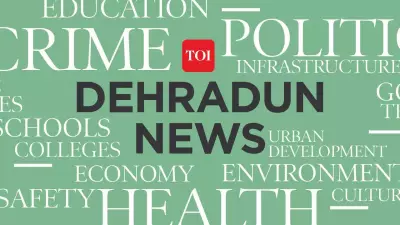
Punjab, once celebrated as India's prosperous breadbasket, now faces its most defining economic challenge in decades. The state stands at a critical juncture where strategic decisions in the coming months could determine whether it emerges as a growth leader or sinks under the weight of accumulated problems.
The Mounting Debt Crisis
The state's financial health reveals alarming numbers that demand immediate attention. With debt levels soaring to approximately 50% of Punjab's Gross State Domestic Product (GSDP), the burden has become unsustainable. The situation is particularly dire when compared to other states with similar economic profiles, highlighting the urgency for fiscal correction.
Beyond Agriculture: The Need for Economic Diversification
While Punjab's agricultural heritage remains its identity, over-reliance on this sector has created structural vulnerabilities. The state must aggressively pursue industrial diversification and service sector growth to build a more resilient economy. The solution lies in creating an ecosystem that supports manufacturing, technology, and innovation alongside agricultural modernization.
Governance and Administrative Reforms
Effective governance emerges as the cornerstone for Punjab's revival. This requires:
- Streamlined bureaucracy to accelerate decision-making
- Transparent systems to restore public trust
- Policy consistency across political transitions
- Efficient resource allocation to maximize impact
The Human Capital Advantage
Punjab's greatest asset remains its people—known for their resilience, entrepreneurial spirit, and global connectivity through diaspora communities. Harnessing this human potential through quality education, skill development, and creating local opportunities could trigger the state's economic transformation.
The Way Forward: A Call to Action
The path to recovery requires collective effort from government, private sector, and civil society. Key priorities include:
- Immediate fiscal consolidation and debt management
- Strategic investment in infrastructure and human capital
- Creating a business-friendly environment to attract investment
- Modernizing agriculture while developing new economic pillars
- Leveraging technology for governance and service delivery
The coming months will be crucial for Punjab. The choices made today will echo for generations, determining whether the state reclaims its position as an economic powerhouse or continues to struggle with systemic challenges. The opportunity for transformation exists—but the window for decisive action is closing rapidly.





